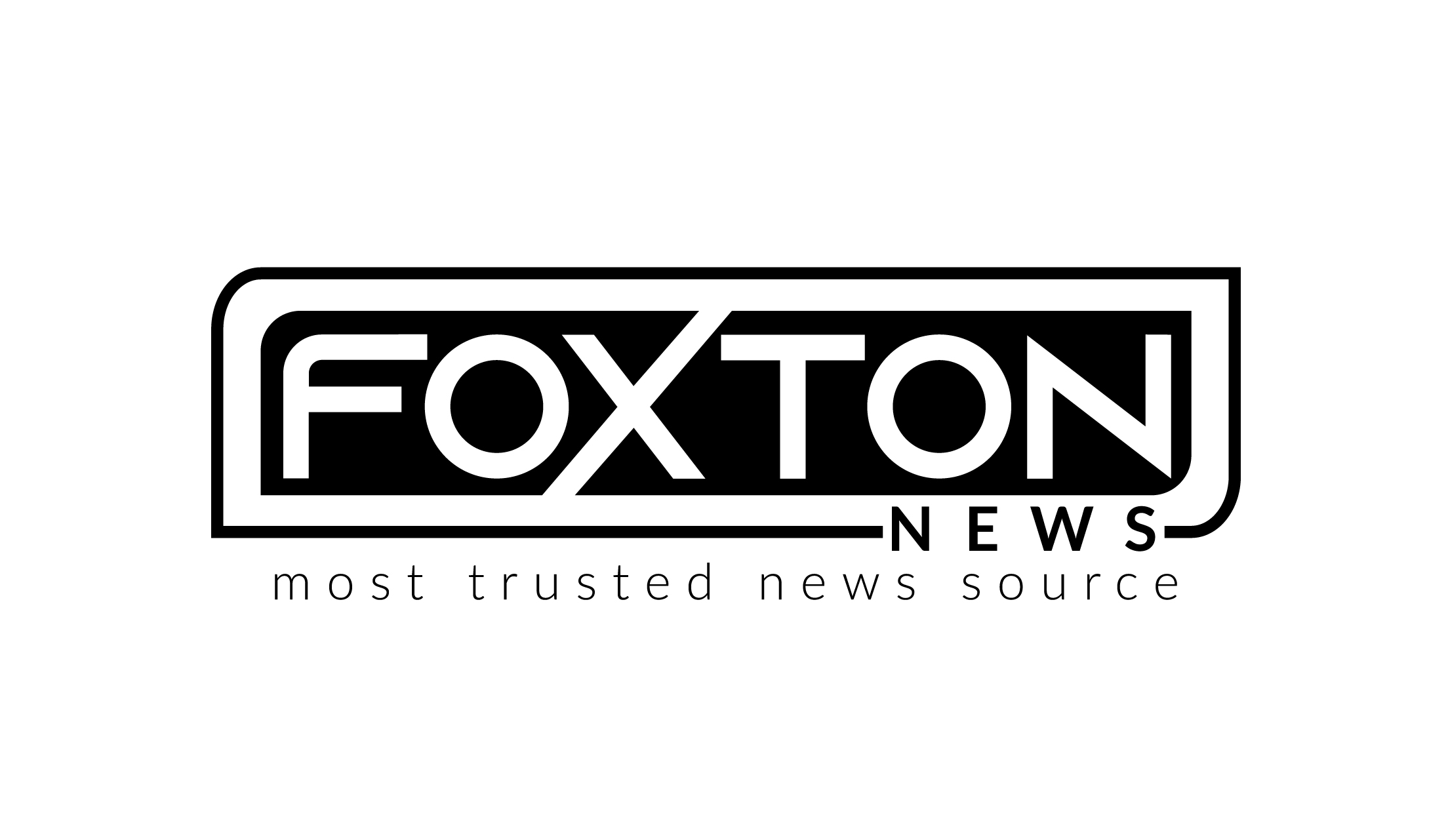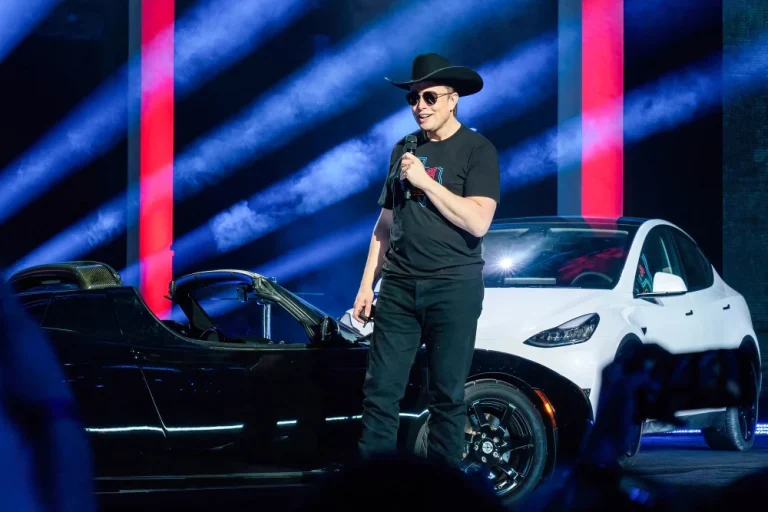Tesla’s highly anticipated entry into the robotaxi market is set to launch later this month in Austin, Texas, which has become a major hub for self-driving technology development.
CEO Elon Musk revealed on X last week that Tesla has been testing Model Y vehicles without safety drivers in Austin for several days. The robotaxi service will start with a fleet of 10 vehicles and aims to expand to thousands, eventually rolling out to additional cities if the initial launch succeeds, Musk told CNBC on May 20.
Though still an emerging market, Tesla faces stiff competition. Several companies are using Austin as a testing ground and debut location for autonomous vehicles, attracted by the city’s abundance of robotics and AI talent, tech-savvy population, relatively affordable housing compared to other tech centers, and a city layout that supports mapping technologies with its horizontal traffic lights and wide roads.
A major draw for these companies is Texas’ favorable robotaxi regulations.
Austin is already home to Alphabet’s Waymo, Amazon-backed Zoox, Volkswagen’s ADMT, and the local startup Avride. Waymo launched robotaxi rides in Austin through Uber in March, Zoox began testing last year, and ADMT has been testing Volkswagen’s electric ID vehicles since 2023. Avride, headquartered in Austin, is currently testing autonomous cars and delivery robots, with plans to begin paid robotaxi services later this year.
“The leaders in this space are becoming clear; now it’s about scaling,” said Toby Snuggs, head of sales and partnerships at Avride.
Uber reports its Austin partnership with Waymo has been successful, with CEO Dara Khosrowshahi telling investors in May that riders prefer robotaxis over traditional rides. Uber plans to increase its Austin autonomous fleet to hundreds of vehicles soon and prepare for expansion into Atlanta later this year. Khosrowshahi noted that Waymo’s approximately 100 vehicles are busier than 99% of drivers in Austin by daily completed trips.
Avride, which spun off from Yandex last year, operates a small fleet of Hyundai Ioniq 5 delivery robots in downtown Austin and plans to grow to 100 vehicles, aiming to launch robotaxi services in Dallas alongside Uber in 2025.
Tesla’s approach relies mainly on cameras and computer vision for navigation, unlike Waymo’s use of lidar and radar sensors. Musk describes Tesla’s “generalized” robotaxi system as more ambitious and cost-effective, though Tesla has a history of missed self-driving deadlines despite nearly a decade of promises.
Waymo co-CEO Tekedra Mawakana emphasized their focus on safety and cost, highlighting their five years of continuous, round-the-clock robotaxi operation. “You have to see at night and have vision better than humans,” Mawakana told CNBC, underscoring the challenges of reliable autonomous driving.
Friendly Regulation and the Rise of Autonomous Vehicle Hubs
Alongside Austin, Phoenix has become a major center for autonomous vehicle (AV) development. Waymo has been testing there since 2016, and in May, Waymo partnered with auto manufacturer Magna International to announce plans to double robotaxi production at a new plant in Mesa, a Phoenix suburb, by the end of 2026.
The San Francisco Bay Area, where Google launched its self-driving car project in 2009, continues to host a large fleet of Waymo vehicles. Waymo opened its paid ride-hailing service to all local users nearly a year ago and announced plans earlier this year to expand its coverage by an additional 27 square miles. Zoox is also conducting testing in San Francisco.
While Tesla was founded in the Bay Area, CEO Elon Musk moved its headquarters to Austin in late 2021. Unlike California, where local governments tightly regulate where and how autonomous vehicles operate, Texas maintains more relaxed, centralized regulations that benefit AV companies.
“When choosing Austin, we considered the operational structure and the friendly regulatory environment,” said Shweta Shrivastava, Waymo’s senior product and strategy executive. “It’s a tech-forward city with a strong openness to adopting new technologies, which has been a great advantage.”
This regulatory friendliness is partly thanks to a 2017 Texas law that prohibits municipalities from regulating autonomous vehicles, giving the state full authority over AV operations.
“In California, regulations vary between cities like Los Angeles and San Francisco, but in Texas, the rules are consistent statewide,” explained Yulia Shveyko, Avride’s head of communications. “That consistency is a huge benefit for operators here.”
Texas sets the framework for AV operation, requiring autonomous vehicles to comply with the same registration, insurance, and traffic laws as traditional cars. The state also mandates data recording systems in AVs to document accidents or incidents.
A spokesperson for the Texas Department of Transportation (TxDOT) said the agency works closely with AV companies to prepare infrastructure for a safe and efficient rollout of autonomous vehicles. “AVs are allowed on Texas roads as long as they meet the same safety and insurance standards as all other vehicles,” the spokesperson added.
Wassym Bensaid, chief software officer at EV maker Rivian, noted that Austin’s regulatory approach and consumer acceptance create “lower barriers” for AV testing. Rivian recently launched a hands-free driver assistance system for highways and aims to offer an “eyes-off-hands-off” system by the end of next year.
TxDOT established an AV task force in 2019, which meets regularly and includes representatives from state agencies, public entities, and industry stakeholders like Waymo, which actively participates. However, the department declined to provide additional details on the task force.
Waymo has built strong relationships with Austin officials, engaging with stakeholders since it began testing in 2015. The company, originally known as Google’s self-driving car project, started with safety drivers and paused Austin operations in 2019 to focus on Phoenix. It returned in March 2023 with more mature technology.
Autonomous driving has deep roots in Austin: back in 2007, University of Texas researcher Peter Stone’s team entered their vehicle in the DARPA Urban Challenge. Stone, director of the Learning Agents Research Group at UT, has taught many students now working for Waymo and other AV firms. He credits advances in machine learning and extensive testing for enabling AVs to navigate roads better than many human drivers.
Lone Star Influence and Regulatory Challenges
Texas’ regulatory model is drawing attention nationally and internationally. Cities like New Orleans and Nashville have sought Austin’s advice, while overseas, officials in Japan have inquired about Texas’ AV regulations, according to Avride’s Toby Snuggs.
Meanwhile, the AV industry advocates for federal standards to reduce regulatory uncertainty. In Tesla’s third-quarter earnings call in October, Musk said that if Donald Trump were elected president, he would push the administration to enact federal AV rules. Waymo’s co-CEO Tekedra Mawakana expressed optimism that national safety standards will be established during this presidential term, noting China’s advanced federal framework as a benchmark.
However, centralized regulation raises concerns about local readiness for AV incidents. At a Texas Senate transportation hearing in September, Sen. Sarah Eckhardt highlighted first responders’ unfamiliarity with driverless vehicles and the complexities of pulling them over or handling crashes.
Houston city officials, for example, experienced delays in state guidance after Cruise vehicles caused traffic backups in 2023.
Nick Steingart of the Alliance for Automotive Innovation noted that with over 17 AV companies operating in Texas, laws will need to evolve as technology advances.
Austin’s transportation department said it is collecting incident reports related to AVs and sharing data with operators. Some companies, like Zoox, conduct safety training with first responders, although there is no legal requirement for such engagement.
Austin’s officials said AV companies often emphasize safety features in their early discussions, highlighting their vehicles’ ability to recognize emergency vehicles and hand signals.
Waymo prioritizes safety in its operations and encourages aggressive scaling only with strict safety oversight, according to sources familiar with internal company meetings. While Waymo tracks incidents involving its vehicles, it does not publicly release city-specific data.
Industry Setbacks and Public Perception
Despite Texas’ relaxed regulations, some in the industry worry a single high-profile collision could damage public trust in AV technology.
“It takes a long time to earn trust, but only moments to lose it,” Mawakana warned. “Regulators must protect the public, but overreactions can happen.”
The AV industry has faced setbacks: General Motors shut down its Cruise robotaxi service after a 2023 incident where a vehicle dragged a pedestrian in San Francisco, while Uber exited the self-driving market following a fatal accident in Arizona in 2018.
In Austin, a viral TikTok video in April showed a Waymo vehicle abruptly stopping on a highway with passengers trapped inside. Although Waymo states riders can always pause and exit by pulling the door handle twice, the incident sparked public concern.
University of Texas’ Stone believes cities are overly cautious. “People aim for perfection, but they should aim for better than human drivers,” he said. “Fatal car accidents rarely make local news, but if AVs reduce those numbers, that’s a huge societal win.”
— Foxton News reporters Magdalena and Judith contributed to this article.

